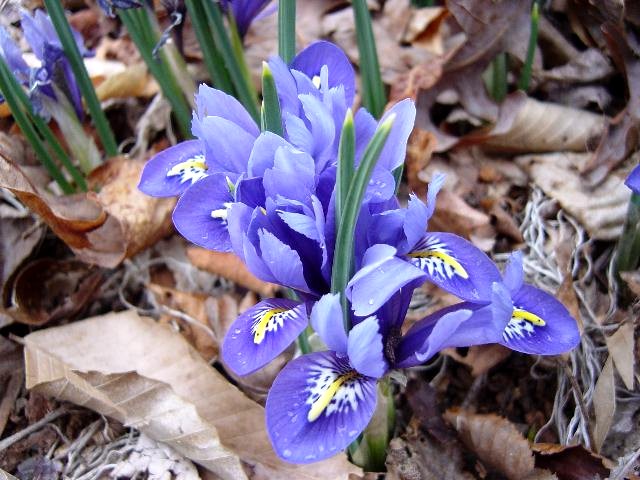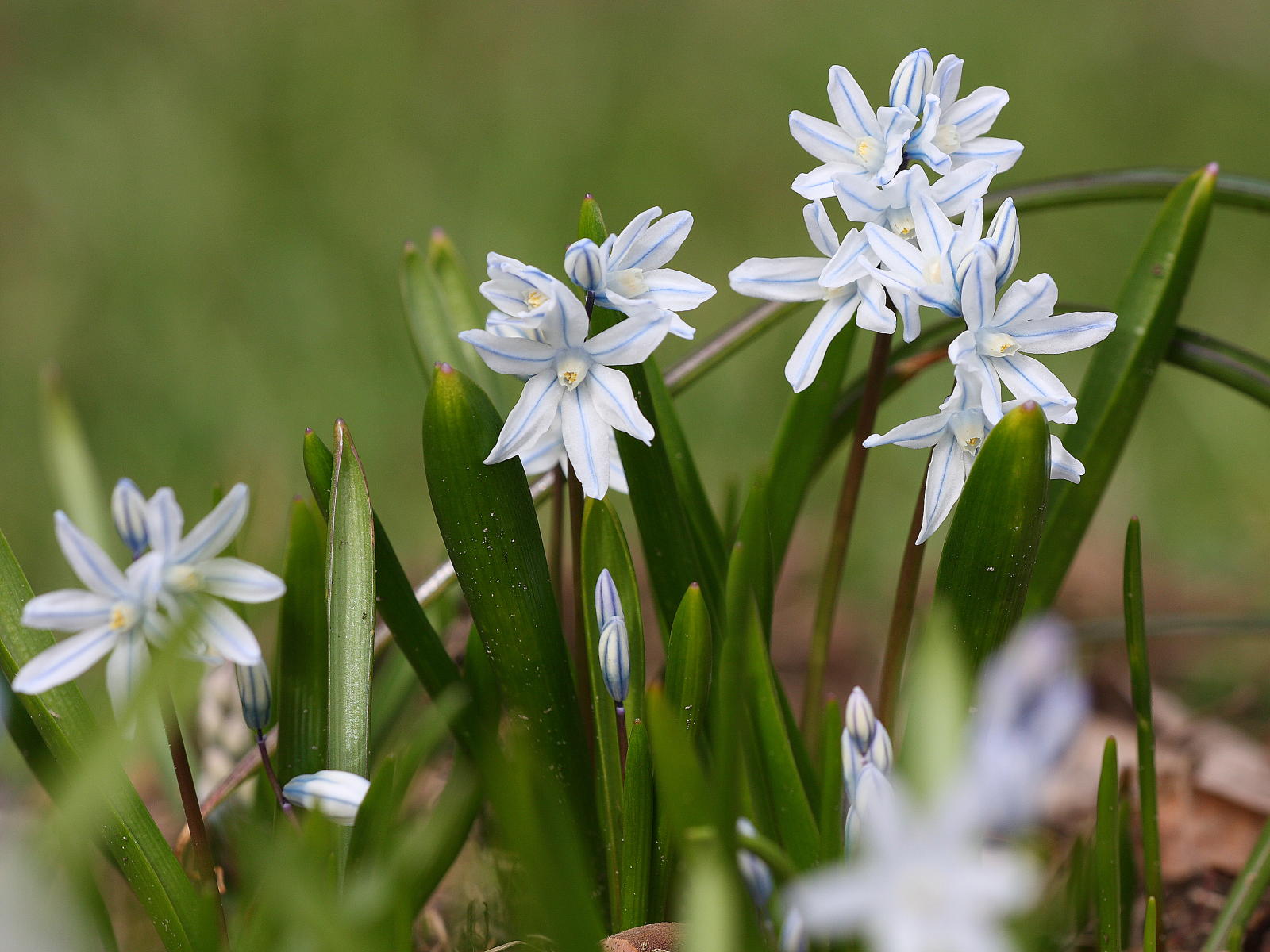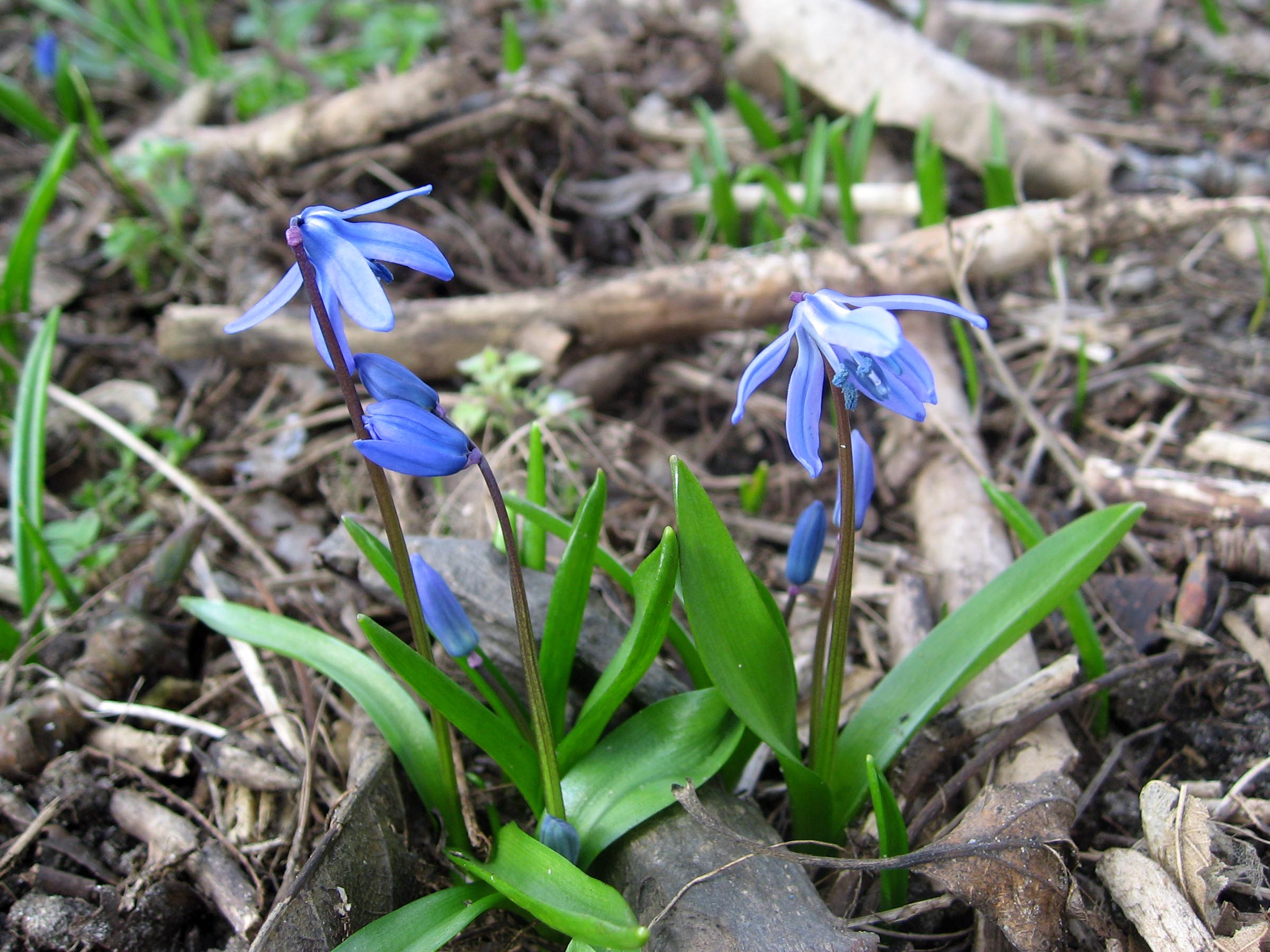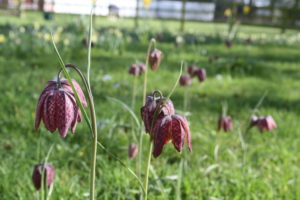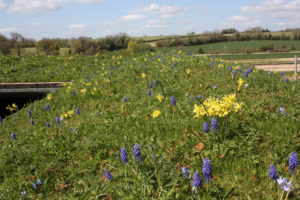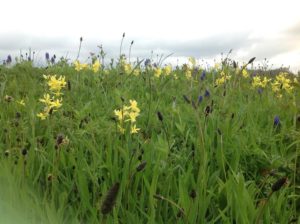Over the last six months we have taken on a couple of Spring bulb planting projects here at Wildflower Turf HQ. We are really excited about the different areas we have created and are pleased with the results so far with early colour and height amongst the new green growth of the wildflower. This has been a really interesting project and we hope to have learnt some valuable insights into underplanting our wildflower turf. These are the different aspects that we are currently researching.
- best practices for planting bulbs under wildflower meadows
- results with different bulb densities
- bulb planting on pitched roofs
- maintenance after bulbs have flowered
- impact on wildflowers
What did we plant?
- Wild narcissi

- Muscari (grape hyacinth)
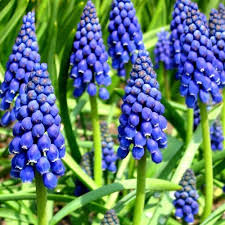
- anenomes

- fritillaria
- iris reticulata

- puschkinia

- chionodoxa

- allium

- crocus

- scilla

- dwarf tulips
How did we plant them?
We used a variety of methods for planting the bulbs ranging from hands and knees with a small trowel, a self propelled turf cutter followed by a loosening of the top layer of soil with a garden fork, to an all singing, all dancing bulb planting machine attached to the back of a tractor. I guess there are merits for all three of these methods and which are right for you, depends on the area and the patch characteristics that you are dealing with. On the stable roof, a classic green roof construction, we used a small hand held bulb planter and went in at a slight angle so as not to puncture the roof lining or irrigation pipe. Smaller areas around trees also require this method. In this way you can control exactly the bulbs that you are putting in and the individual depths of soil that they require.
Using a turf cutter, is great for a more defined area of bulbs. The depth of turf to be cut can be altered dependent on the bulbs that you are planting, and as you can see from the video below, you can plant swathes of areas which would provide a naturalised effect within a meadow environment. This proved to be a good method, controlling exactly the bulbs that were put in, but we did have a few issues with the turf breaking up as we relayed it. If you are using smaller bulbs we would definitely recommend using boards over the top as you are relaying the turf. However if you are using larger bulbs, such as tulips you may risk damaging the bulbs a little.
The third method, using a specialist bulb planting machine, that picks up the turf, plants the bulb and rolls it back over the bulb, is perfect for larger areas. As you will see from the pictures and videos, you can pop a mix of bulbs into the machine and alter the planting rate. We would recommend about 10 – 20 bulbs per metre square. This would certainly be the least back breaking method of planting beautiful drifts of spring flowers but it certainly eats up a lot of bulbs.
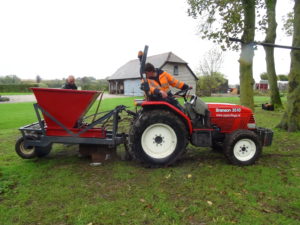
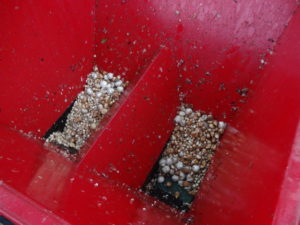
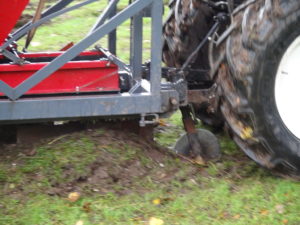
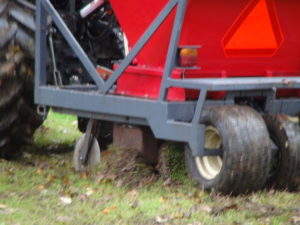
We know that RHS Wisley are conducting similar trials and it will be great to compare results. We will then be able to provide you with best practice and maintenance guides for your bulb planting next year. For now, here are a few pictures of the results of the trials so far.
Our next article in the fantastic Prolandscaper Magazine will provide you with further insight into the planting methods and later in the year we will share in more detail the results of the trials but for now we are just enjoying the fantastic colour that spring bulbs bring.


